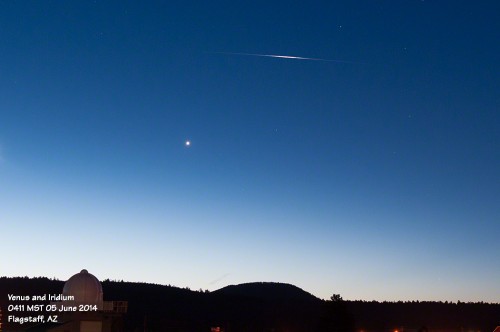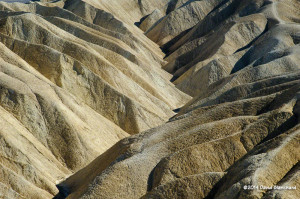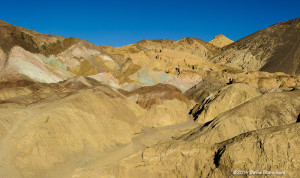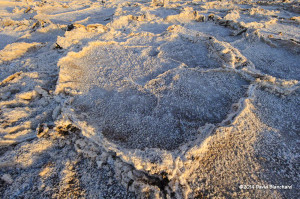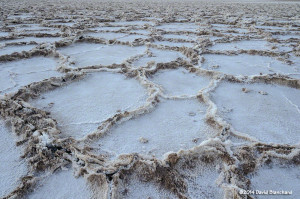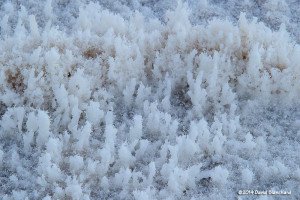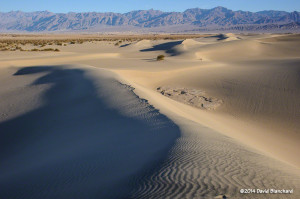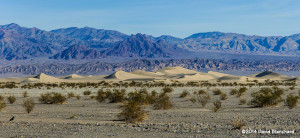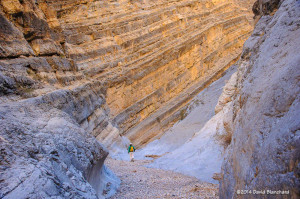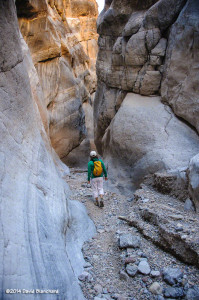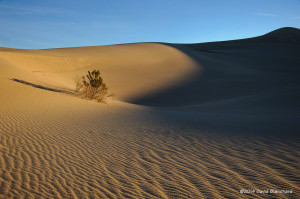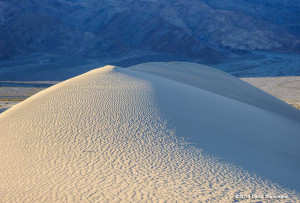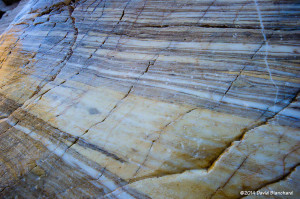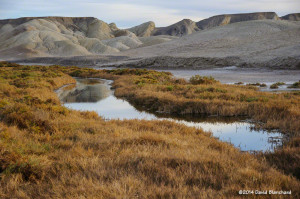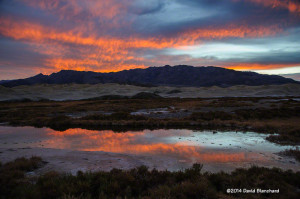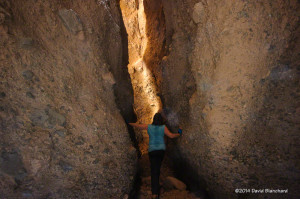The past two weeks have offered several opportunities for photographing the moon in the evening sky. Beginning on May 16, we had a crescent Moon with just 3.7% of the disk illuminated by the sun. During the months of May, June, and July, the thin crescent Moon lines up with the long axis of Upper Lake Mary. This results in nice reflections of the Moon on the waters of the lake—but only if there is little or no wind. The first two images were taken in the early evening with some reflections over portions of the lake. The image also shows the unlit part of the crescent Moon illuminated with Earthshine, also known as Da Vinci Glow. Yes, that Leonardo Da Vinci. Quite an amazing bit of scientific deduction on his part.


The following evening the Moon was located near the planet Venus. Capturing both of these objects and getting reflections in the water was a bit more difficult as they were higher in the sky.

Next up was the day-before-the-full-Moon in Sedona. Using The Photographers Ephemeris it’s not very difficult to determine at what time and in which location to find the Moon rising between the spires of Cathedral Rock. I’ve done this shot before but never get tired of traveling to Sedona to see it happen again. Not surprisingly, I often run into other photographers and friends with the same idea so it becomes a bit of a social gathering as well.



The first image shows the Moon having just risen into the left gap. The second image is a crop and closeup of the Moon. The third was taken several minutes later after adjusting my position a bit to capture the Moon in the middle gap. A couple can be seen in silhouette gazing at the rising Moon.


Finally, there was a transit of the International Space Station (ISS) and the resupply ship OA-9 Cygnus—both moving near the North Star. The transit is a 5-minute sequence of images while the star trails is a 30-minute sequence. The second image shows the bright ISS with the faint OA-9 Cygnus following behind. A day later, the OA-9 docked with the ISS.


